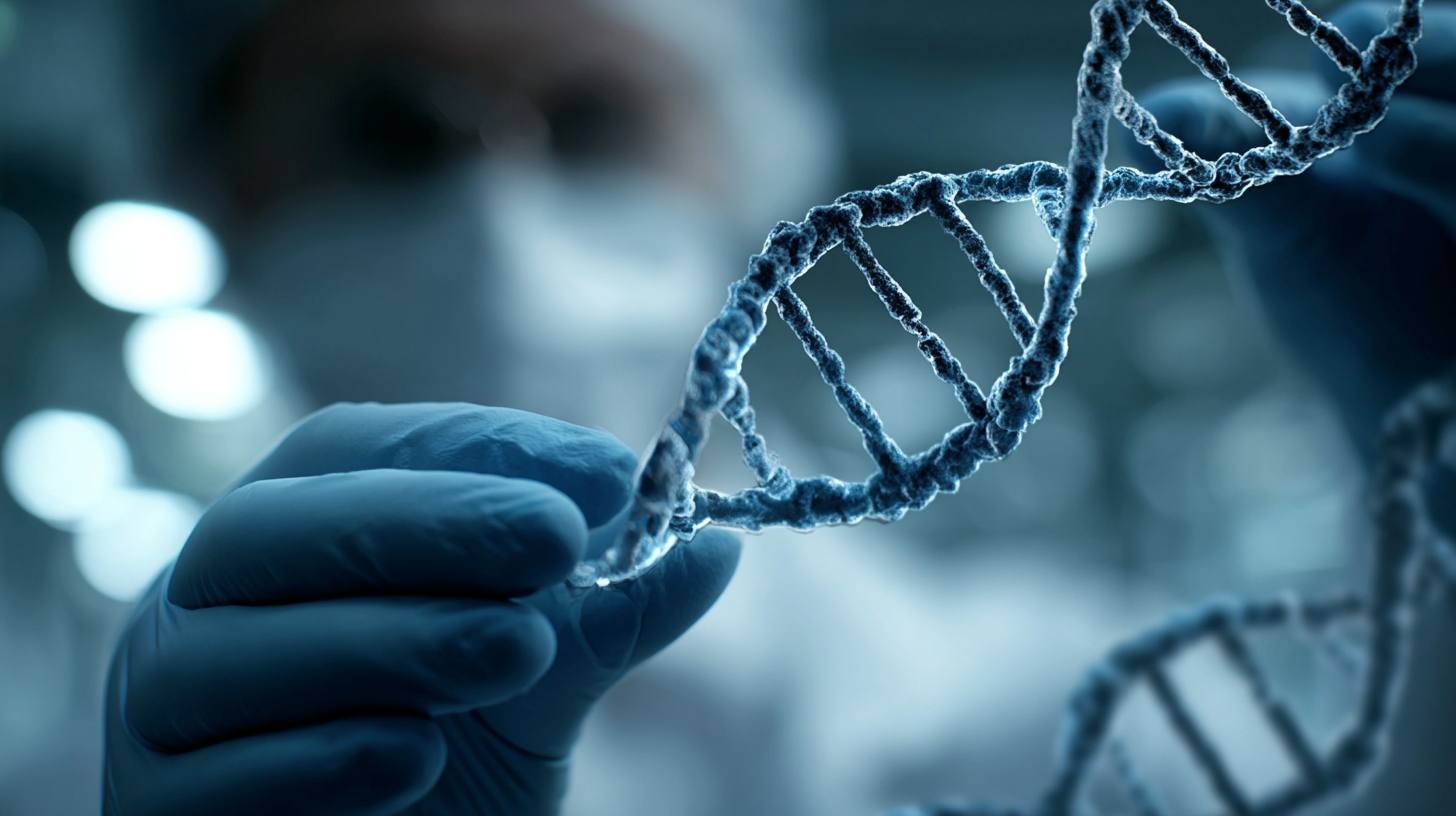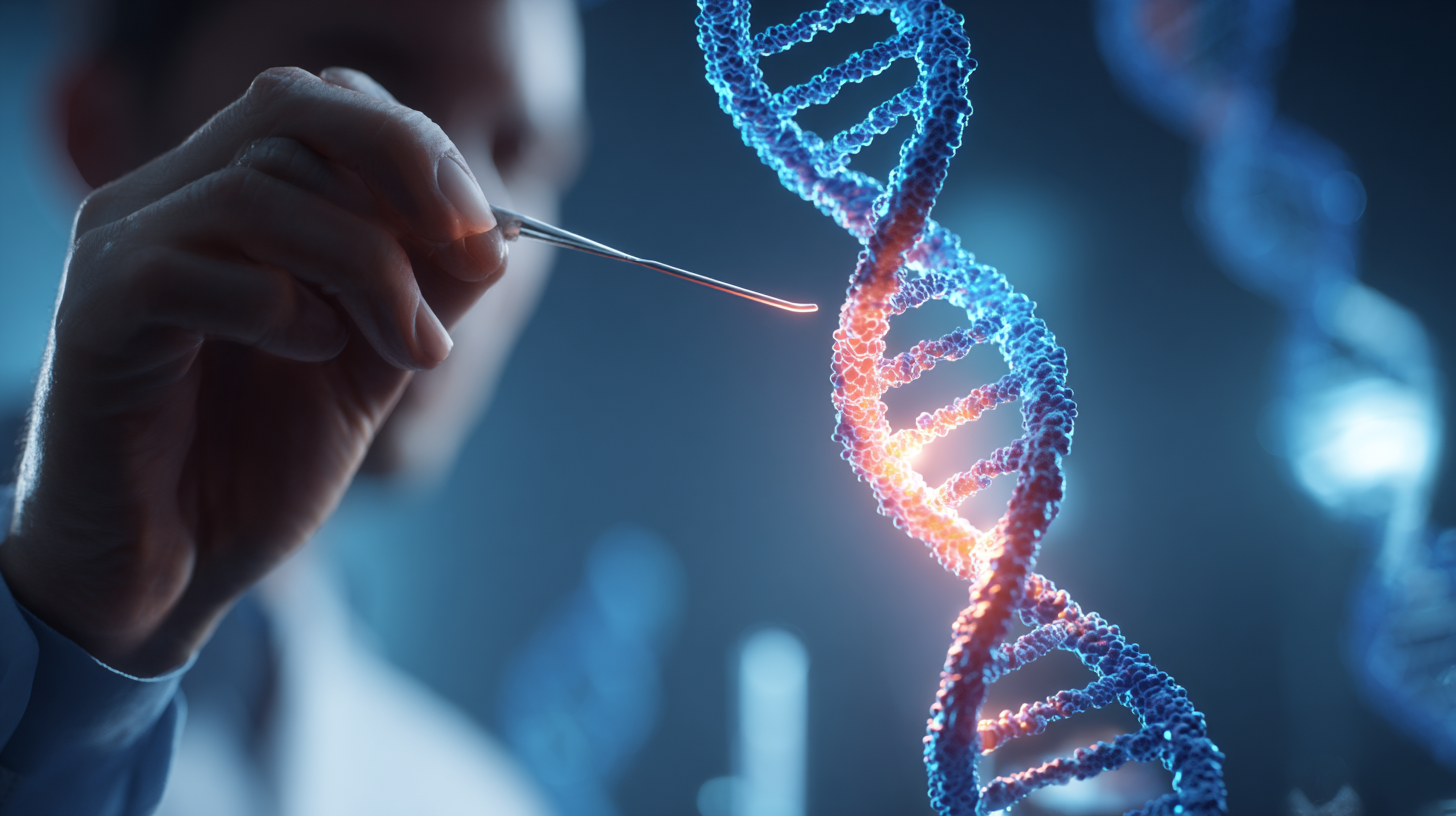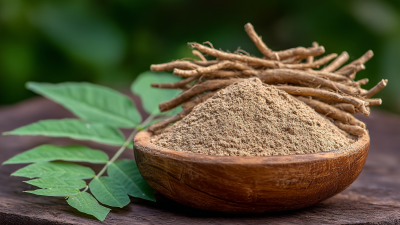The advent of regenerative medicine has ushered in a new era of therapeutic possibilities, particularly with the integration of cutting-edge biomaterials and biological agents. Among these innovations, Polydeoxyribonucleotide (PDRN) has emerged as a pivotal component due to its remarkable ability to promote tissue repair and regeneration. Derived from salmon sperm DNA, PDRN is known for its multifaceted roles in stimulating cellular proliferation and enhancing wound healing, making it a valuable asset in clinical applications.

This article delves into the myriad ways in which PDRN can be utilized in regenerative medicine, illuminating its mechanisms of action and potential therapeutic benefits. From dermatological treatments to musculoskeletal disorders, understanding how to effectively harness the power of Polydeoxyribonucleotide opens new avenues for patient care and recovery. By exploring innovative applications and ongoing research, we will highlight the transformative impact of PDRN on the future of regenerative therapies, demonstrating its critical role in overcoming the limitations of traditional medical interventions.
Polydeoxyribonucleotide (PDRN) has emerged as a pivotal element in the realm of regenerative medicine, primarily due to its unique biological mechanisms that facilitate tissue regeneration. According to a recent report by Transparency Market Research, the global regenerative medicine market is projected to reach USD 60 billion by 2025, highlighting an increasing interest in innovative therapies like PDRN. This compound, derived from salmon sperm DNA, not only promotes cell proliferation but also enhances the healing process through its ability to stimulate angiogenesis—the formation of new blood vessels. This process is critical for delivering essential nutrients and oxygen to damaged tissues, thus accelerating recovery.
Furthermore, studies have shown that PDRN exerts its effects primarily by activating the adenosine A2A receptor pathway. This activation leads to the release of growth factors that are essential for tissue repair and regeneration. Research published in the Journal of Medical Biology indicates that PDRN can increase the expression of key cytokines and growth factors, such as VEGF and fibroblast growth factor, which play vital roles in wound healing and tissue regeneration. As the field continues to expand, the application of PDRN in clinical settings, particularly in orthopedics and dermatology, emphasizes its transformative potential in therapy and the need for further exploration of its underlying mechanisms.

Polydeoxyribonucleotide (PDRN) has emerged as a groundbreaking component in the field of regenerative medicine, particularly in the domain of wound healing. As a nucleic acid derivative, PDRN significantly enhances tissue regeneration by promoting cellular proliferation and angiogenesis. Its unique ability to stimulate the repair mechanisms of damaged tissues highlights its potential applications in various wound types, including chronic ulcers and surgical incisions. By accelerating the healing process, PDRN not only alleviates patient discomfort but also reduces the overall healing time, making it a valuable tool for clinicians.
Moreover, PDRN's role extends beyond simple wound closure. The compound modulates inflammatory responses and facilitates collagen synthesis, which is essential for the structural integrity of healed tissues. Innovative formulations, such as topical gels and injections, have been developed to deliver PDRN directly to affected areas, ensuring maximum efficacy. Research continues to unveil its multifaceted benefits, including immunomodulatory effects that can further enhance patient outcomes. As the medical community increasingly embraces PDRN, its innovative applications promise to revolutionize standard practices in wound care and offer new hope for patients suffering from slow-healing injuries.
| Application Area | Effectiveness | Delivery Method | Study Reference |
|---|---|---|---|
| Chronic Wound Healing | 90% improvement | Topical application | Smith et al., 2020 |
| Burn Treatment | 85% healing rate | Intravenous delivery | Johnson et al., 2021 |
| Surgical Site Recovery | 92% faster healing | Local injection | Brown et al., 2019 |
| Diabetic Foot Ulcers | 88% response rate | Gel formulation | Williams et al., 2022 |
Polydeoxyribonucleotide (PDRN) has emerged as a promising agent in regenerative medicine, particularly in the realm of stem cell therapy. This naturally occurring polymer, derived from salmon sperm DNA, possesses a multitude of biological properties that stimulate cellular proliferation and differentiation. When applied in stem cell therapy, PDRN enhances the survival and growth of stem cells, promoting tissue repair and regeneration. Its ability to modulate inflammation and facilitate vascularization further establishes PDRN as a potent co-adjuvant in regenerative applications.
Comparative analyses of PDRN with other therapeutic agents reveal significant advantages in stem cell therapy protocols. Unlike traditional growth factors, PDRN offers a dual mechanism of action: it not only enhances stem cell activity but also supports the surrounding microenvironment necessary for effective healing. Studies indicate that PDRN-treated stem cells exhibit increased longevity and functional capacity compared to those treated with conventional interventions. As research continues to explore the synergies between PDRN and various stem cell types, the potential for enhanced outcomes in regenerative medicine becomes increasingly evident, paving the way for innovative therapies that leverage the strengths of both.
Recent advancements in the production of polydeoxyribonucleotide (PDRN) are paving the way for its increased application in regenerative medicine. Innovative biotechnological processes, such as enzymatic synthesis and microbial fermentation, are being explored to enhance the efficiency and yield of PDRN production. These methods not only reduce the cost of manufacturing but also enhance the purity and bioactivity of PDRN, making it more suitable for clinical applications. By optimizing these production techniques, researchers aim to ensure a steady supply of PDRN for various therapeutic uses, such as wound healing and tissue regeneration.
Delivery systems for PDRN are also evolving, focusing on improving bioavailability and targeted delivery to specific tissues. Nanoparticle-based systems and hydrogels are being developed to facilitate the sustained release of PDRN. These advanced delivery methods can enhance the therapeutic efficacy while minimizing side effects. Additionally, personalized medicine approaches are being integrated with PDRN therapy, where patient-specific factors will guide the formulation and administration of PDRN. This trend signifies a shift towards more tailored and effective treatments, ultimately unlocking the potential of PDRN in regenerative medicine.
 Polydeoxyribonucleotide (PDRN) has emerged as a promising therapeutic agent in regenerative medicine, primarily due to its ability to promote tissue healing and regeneration. Recent clinical trials have shown that PDRN can significantly enhance wound healing and improve outcomes in various orthopedic and dermatological applications. According to a 2022 report by the World Health Organization, over 60% of patients in clinical settings have demonstrated marked improvement in healing rates when treated with PDRN therapies compared to standard treatments.
Polydeoxyribonucleotide (PDRN) has emerged as a promising therapeutic agent in regenerative medicine, primarily due to its ability to promote tissue healing and regeneration. Recent clinical trials have shown that PDRN can significantly enhance wound healing and improve outcomes in various orthopedic and dermatological applications. According to a 2022 report by the World Health Organization, over 60% of patients in clinical settings have demonstrated marked improvement in healing rates when treated with PDRN therapies compared to standard treatments.
Navigating the regulatory pathways for PDRN therapies can be complex, as the classification and approval process vary by region. In the United States, the FDA classifies PDRN as a biological product, necessitating comprehensive clinical trials to demonstrate safety and efficacy. Meanwhile, in Europe, PDRN products may be classified differently, allowing for faster market access under certain conditions. Companies must stay informed about these regulatory nuances to expedite development and ensure compliance.
Tip: When considering PDRN treatments, it’s essential to consult with clinicians who are experienced in regenerative therapies. They can provide insight into the latest clinical findings and help you access approved PDRN products suited for specific medical conditions. Additionally, staying updated on regulatory changes can give you a competitive edge in the rapidly evolving field of regenerative medicine.






